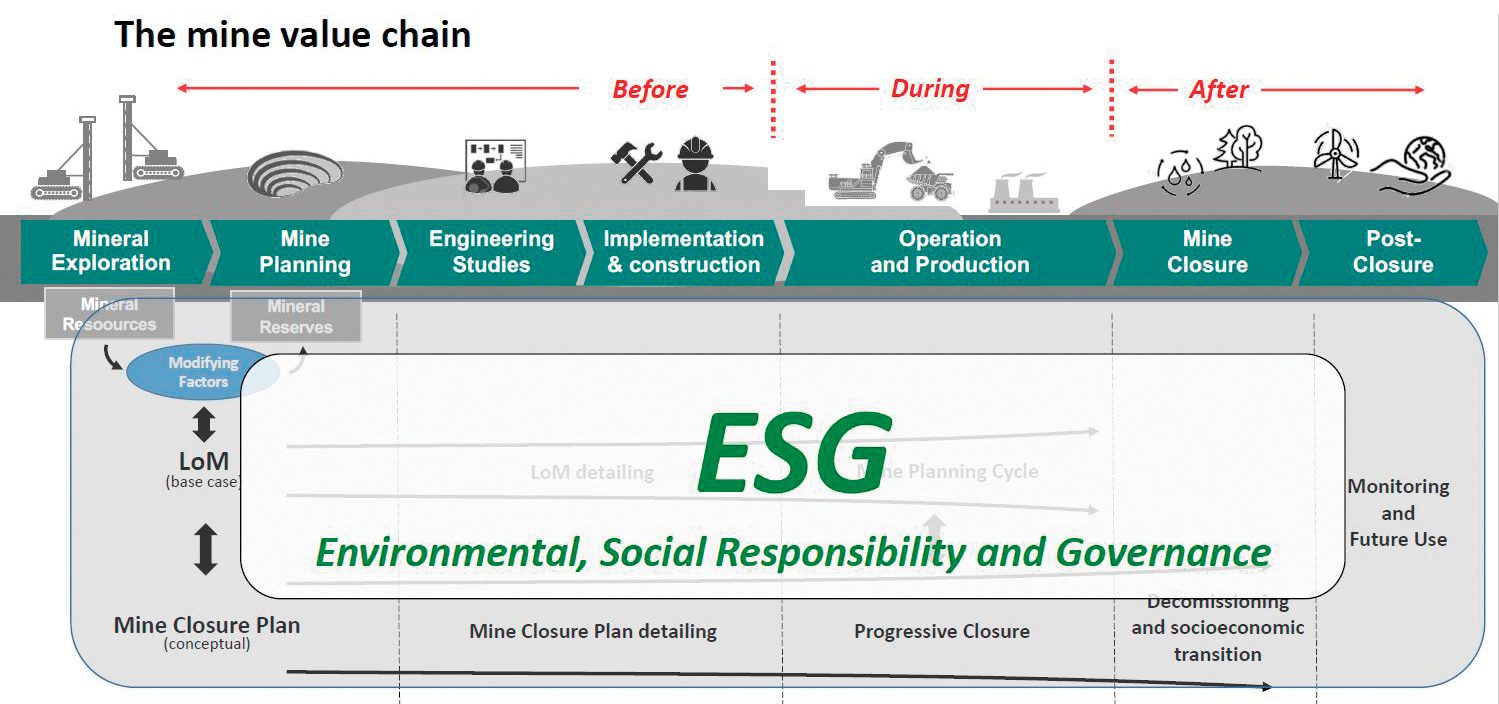business and market view
A regular column featuring excerpts from BCC Research reports on industry sectors involving the ceramic and glass industry.

ESG trends in the mining industry: Critical steps to achieving pledged targets
By BCC Publishing Staff
The world is undergoing an era-defining shift to a low-carbon, sustainable economy.
This shift puts mining companies in an unprecedented financial position to take a significant, risky turn for the better by adopting environmental, social, and governance (ESG) practices.
ESG trends in the mining industry: Critical steps to achieving pledged targets
By BCC Publishing Staff
The world is undergoing an era-defining shift to a low-carbon, sustainable economy.
This shift puts mining companies in an unprecedented financial position to take a significant, risky turn for the better by adopting environmental, social, and governance (ESG) practices.
ESG is a framework to help mining firms raise environmental standards as well as be more active and more beneficial participants in local and regional communities. Several top 40 mining companies have already made ESG-related pledges, such as by setting greenhouse gas emission reduction goals (Table 1).
For mining companies to realize their pledged ESG initiatives, there are several critical steps they must take.
Changing established value chains. Mining companies are reassessing their mineral holdings to include climate-friendly minerals and creating partnerships with downstream industries, such as automobile manufacturing. New circular business models that rely on urban mining, recycling, or metal reprocessing are also taking shape.
ESG is a framework to help mining firms raise environmental standards as well as be more active and more beneficial participants in local and regional communities. Several top 40 mining companies have already made ESG-related pledges, such as by setting greenhouse gas emission reduction goals (Table 1).
For mining companies to realize their pledged ESG initiatives, there are several critical steps they must take.
Changing established value chains. Mining companies are reassessing their mineral holdings to include climate-friendly minerals and creating partnerships with downstream industries, such as automobile manufacturing. New circular business models that rely on urban mining, recycling, or metal reprocessing are also taking shape.
Thinking outside the sustainability box. The mining sector should avoid considering sustainability only in terms of its benefit but also as decisions that can provide value. For example, ESG or decarbonization strategies can raise efficiency, increase stakeholder confidence, and lower cost curves for energy use.
Integrating ESG into organizations. Publicly stated ESG goals and commitments at the board level are insufficient to encourage execution. To move ESG practices from pledge into action, mining businesses need to establish a clear governance structure and an operational model that promotes responsibility, visibility, and departmental collaboration throughout the entire company (Figure 1).
Encourage flexibility and openness. Integrating ESG practices is a learning process, and adjustments will be needed. Systems will be required to illuminate the effectiveness of ESG initiatives. For example, companies may establish new positions or channels of communication that can provide updates on the ESG’s development.

Figure 1. ESG throughout the mine value chain.
Credit: Giorgio de Tomi, “ESG challenges for small-scale mining in the 21st century,” University of São Paulo, July 2022
About the author
BCC Publishing Staff provides comprehensive analyses of global market sizing, forecasting, and industry intelligence, covering markets where advances in science and technology are improving the quality, standard, and sustainability of businesses, economies, and lives. Contact the Staff at Helia.Jalili@bccresearch.com.
Resource
BCC Publishing Staff, “ESG trends in mining industry” BCC Research Report ENV062A, March 2023.
AUGUST 2023 • VOL. 102, NO. 6

